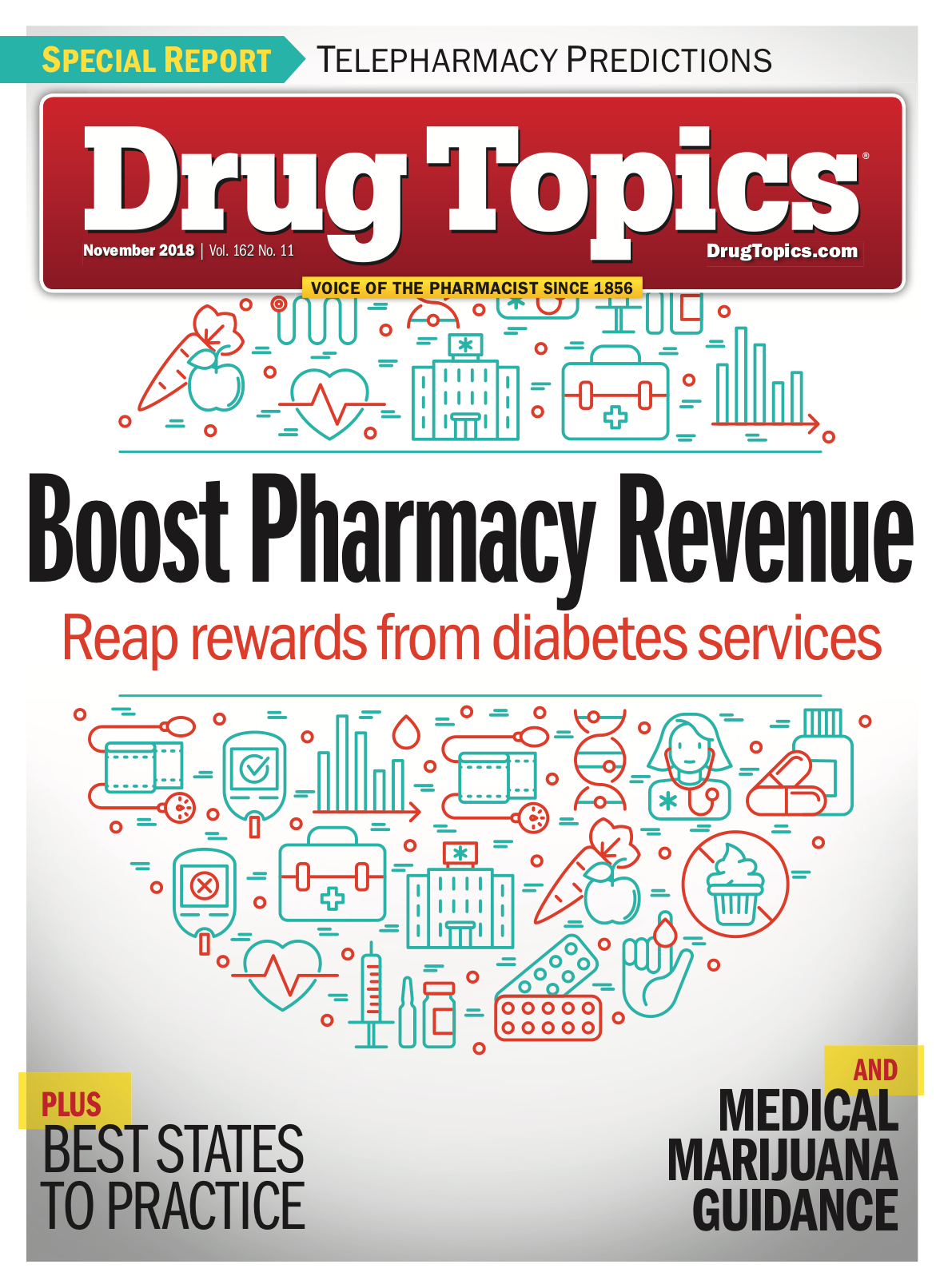Lack of Insurance and Age Restrictions Among Most Common Barriers to Vaccinations
New study reveals that immunization registries, communication, and the completion of immunization series can increase pharmacists' role in the immunization process.

Patient visits with physicians are jam-packed with things to discuss and interventions to perform; adult vaccinations can be missed in this process. Pharmacies can fill the gap, but a new report highlights barriers that need to be addressed first.
The study, published in the July issue of Vaccine, reviewed the role of U.S. pharmacies in administering vaccines and what barriers exist to their administration in pharmacies. Nearly 2,000 community pharmacies were studied 2016, and 79.5% reported offering at least one type of vaccine.
Pharmacies most commonly offered influenza vaccine, followed by pneumococcal 13-valent conjugate vaccine, herpes zoster vaccine, and pneumococcal polysaccharide vaccine. Two-thirds of the pharmacies polled also provided vaccination to teens in addition to adults.
Common Barriers
The report revealed several reasons why patients often had to be referred outside the pharmacy for vaccination, including the patient’s insurance not covering pharmacy administration, and patient age not being approved for pharmacy administration.
Brandon J. Patterson, PharmD, PhD, manager of U.S. Health Outcomes and Epidemiology at GSK and coauthor of the study, says the findings highlight the progress that has been made in advancing pharmacy-based immunizations as an additional access point for patients.
Pharmacists play an important role in vaccine education and vaccine recommendations, providing access to immunization services, and administering vaccines, says Patterson and coauthor Philip Buck, PhD, MPH, head of U.S. Health Outcomes and Vaccines at GSK.
The scope of what pharmacies are able to offer varied by pharmacy and location, the report noted, particularly when it came to the maintenance of immunization registries. Insurance policies affecting coverage of vaccines and different rates of copay between pharmacies and physician offices continue to act as barriers, according to Patterson and Buck.
Related: States hope to improve vaccination rates in low-income familes using state registries.
“Barriers to vaccination are often due to cost to patients or lack of insurance coverage. Additional strategies are needed to remind patients about the value and importance of vaccinations, especially for vaccines with multiple doses,” Patterson says. “Increasing the use of immunization registries within and accessible across states is also needed to improve the services.”
Communication Is Key
Pharmacies can help increase vaccine rates by reinforcing vaccine recommendations to patients and by helping to complete immunization series, say Patterson and Buck. Physicians can help by communicating to pharmacists how they would like to receive documentation of vaccine administrations.
“Ideally, communication between pharmacists and other providers should be a two-way process with physicians providing a referral to the pharmacy and the pharmacy closing the loop documenting and sending confirmation back to the patient’s primary care provider,” Patterson says. “Both groups need to report vaccinations administered to the immunization registry and utilize the registry in assessing patient immunization status.”
Patterson and Buck say they hope the report will motivate additional efforts to address provider and patient barriers that hinder the optimization of the pharmacist’s role in immunization.
This article originally ran in Drug Topics’ sister publication Medical Economics.
